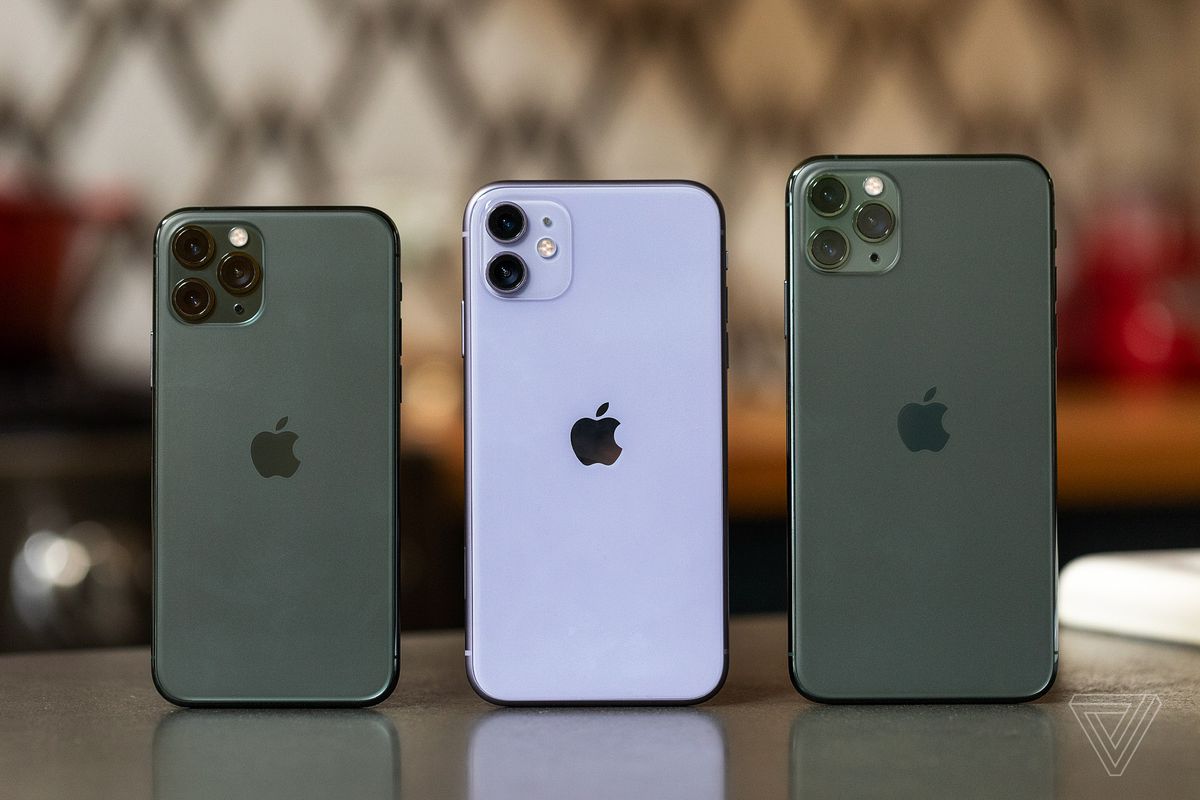More than two months after testing the iPhone 11 Pro Max camera, DxOMark has finally released test results for Apple’s less-expensive iPhone 11.

Apple’s iPhone 11 (left) alongside the iPhone 11 Pro Max and iPhone 11 Pro
APPLE
Deemed ‘very capable for both stills and video’, this twin-lensed ‘non-Pro’ version scores somewhat lower than the triple-camera of the flagship model, achieving 109 points overall vs 117 for the iPhone 11 Pro Max.
Putting this result into context: that puts the iPhone 11 in joint 17th place in the charts alongside Huawei’s P20 Pro, but rather a long way behind the iPhone 11 Pro Max which comes in 5th overall.
Read Also: GTBank, Transcorp, Zenith Lead Active Trades On Friday
More similarities than differences
With almost identical camera hardware, save for the extra telephoto lens of the iPhone 11 Pro Max, the iPhone 11 achieves predictably similar results in most of DxOMark’s photographic tests. Most individual scores are within a couple of points of each other, although the flagship model pulls a little further ahead when it comes to noise and artifacts testing. This means that in general use, camera performance is going to be largely similar between the two models.
However, there are two significant areas where the differences become significantly more apparent. It’s the bokeh and zoom tests in which the lack of a telephoto lens puts the standard iPhone 11 model at a distinct disadvantage. Bokeh effects are harder to recreate without a good telephoto lens and suffer as a result, while zoom performance on the iPhone 11 is measured as less than half that of the iPhone 11 Pro Max.
So while you may feel you can do without the powerful zoom capabilities of the iPhone 11 Pro Max, you should be aware that portrait mode shots will also take a bit of a hit if you opt for the less expensive model.

The iPhone 11 Scores 109 points in the DXOMARK Camera test.
DXOMARK
According to DxOMark, video performance remains almost identical between the two models, so nearly all of the difference in overall score is down to stills performance. However, it should be noted that DxOMark doesn’t test the iPhone 11’s video capabilities with multiple lenses, which means the iPhone 11 Pro Max is therefore unable to score any extra points for video through the use of its additional telephoto lens.

The iPhone 11 Pro Max scores 117 points in the DXOMARK Camera test.
DXOMARK
With 112 points in the photo test, the iPhone 11 comes in five points behind Google’s Pixel 4 which has the highest-scoring dual-lens camera to date.
However, while both smartphones combine a pair of rear cameras, they use very different configurations. The iPhone 11 supplements the main lens with an ultra-wide secondary lens, while the Pixel 4 opts for a telephoto alternative.
This means that the Pixel 4, like the iPhone 11 Pro Max, pulls way ahead in the zoom and bokeh tests. However, while the iPhone 11 can still make an attempt at shooting close-ups with digital zoom, the Pixel 4 is unable to take ultra-wide shots without resorting to panorama mode.
Overall, if you opt for an iPhone 11 you can rest assured that you’re getting almost all of the image quality of the flagship model, save for the powerful zoom capabilities and improved portrait mode of the latter.
FORBES
